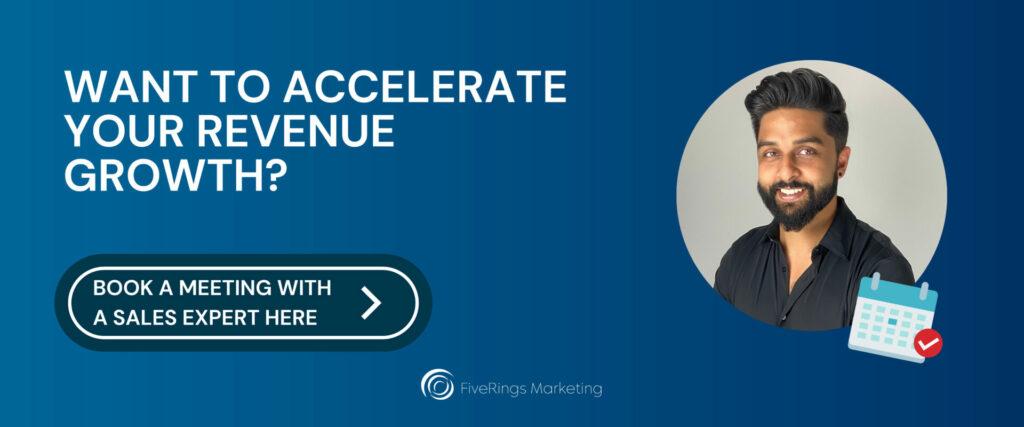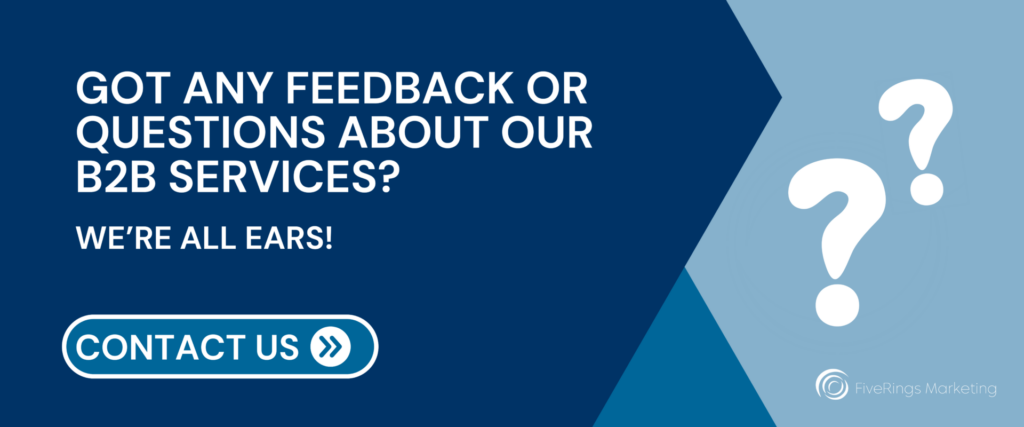These first two steps involve getting clear on your targeting. If you aren’t clear on who you’re targeting and the problems you’re solving for them, you’ll fail. Without this basic foundation, you won’t be able to get meetings and sell your product.
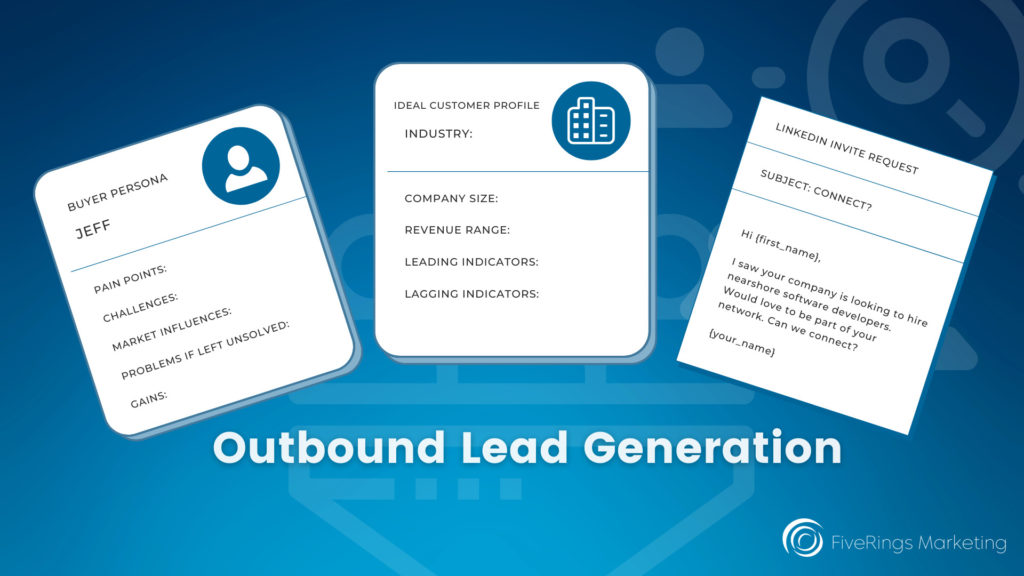
The Foundations of Outbound Lead Generation
Step 1: Identify Your Ideal Customer Profile (ICP)
Your ideal customer profile includes specific attributes of the companies you’ll be going after. Specify this in as much detail as possible.
- What size of a company should they be?
- What revenue range?
- Are there any leading indicators?
- Are there any lagging indicators?
- What industry are they in?
Even if you can serve a broader range of companies, it’s still good to specify and narrow down where you want to begin.
Step 2: Identify Your Buyer Personas
Similar to the ICP, your buyer persona is the decision-maker at the companies you’re targeting. These decision-makers are also facing the same problems your product helps solve.
“Is this role someone who would be experiencing the problem I’m solving? Is it a COO, a VP of HR, Director of IT, etc.?”
- What are their biggest pain points?
- What are the biggest challenges they face today in the market?
- What’s going on in the market that’s impacting their job?
- What is the biggest impact on their business if these problems are left unsolved?
- What are the biggest gains and advantages for them and their business if you can resolve their problems?
At the root of outbound lead generation, you are ultimately selling to people, not companies. This is why it is so fundamental for you to understand these people before selling to them.
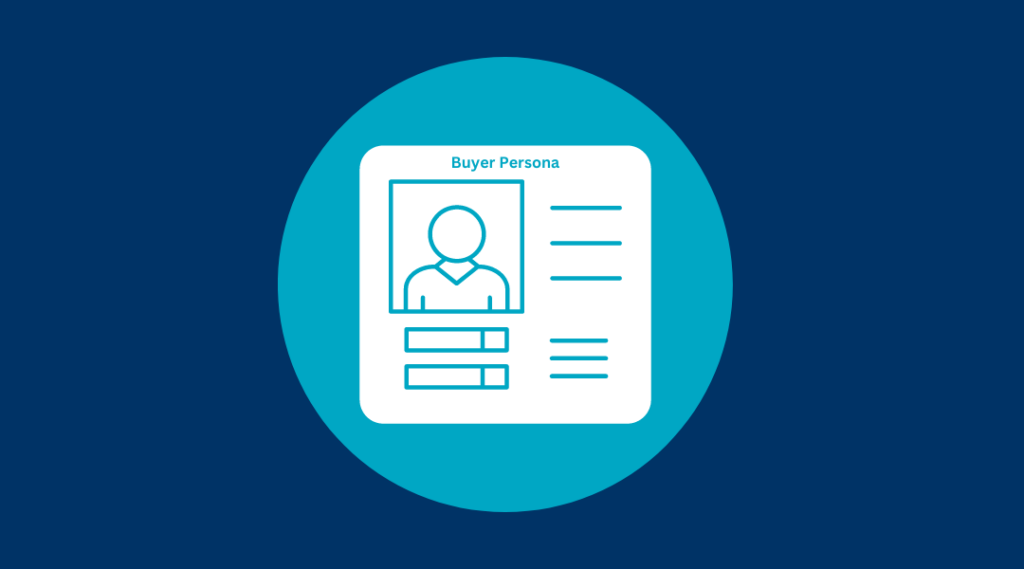
Step 3: Build Your Messaging Sequence
We recommend 4-5 messages sent over a 3-4 week period, with a few days apart each.
Remember: the focus of your message should be about them, not you, your product, or your product’s features.
Check out this article for tips and examples of what you can use for your LinkedIn connection request messages.
After your initial message, follow-up and provide more context if needed.
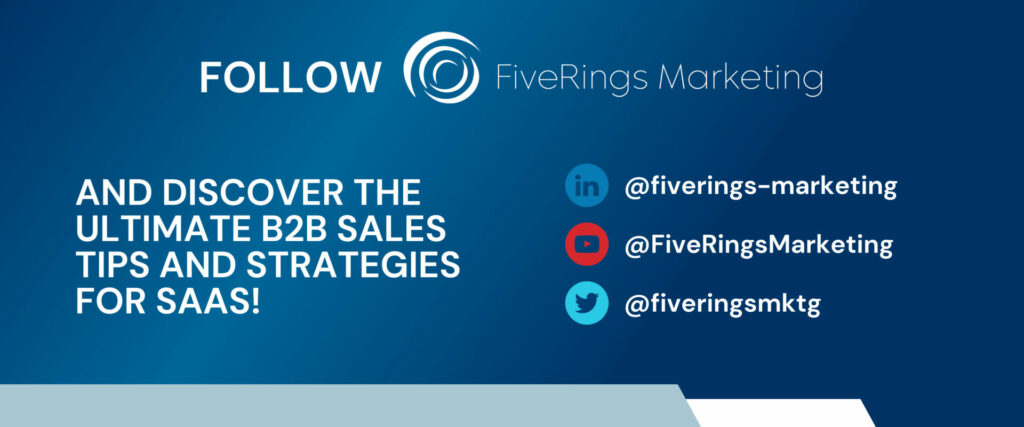
Spread the word and share this post with your network!

